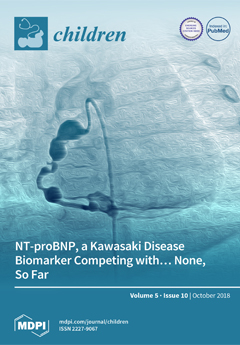We sought to compare the effectiveness of two versus five fingers used for bag-valve-mask (BVM) ventilation on effective tidal volume (V
Teff) delivery in an infant resuscitation model. In a randomised cross-over study, 40 healthcare professionals ventilated a modified leak-free infant resuscitation
[...] Read more.
We sought to compare the effectiveness of two versus five fingers used for bag-valve-mask (BVM) ventilation on effective tidal volume (V
Teff) delivery in an infant resuscitation model. In a randomised cross-over study, 40 healthcare professionals ventilated a modified leak-free infant resuscitation manikin with both two and five fingers, using a self-inflating bag. The delivered and effective tidal volumes, ventilation rate, and mask leak were measured and recorded using a respiratory function monitor. We found no significant differences in the V
Teff (five-finger 61.7 ± 23.9 vs. two-finger 58.8 ± 16.6 mL;
p = 0.35) or ventilatory minute volume (2.71 ± 1.59 vs. 2.76 ± 1.24 L/min;
p = 0.40) of both BVM ventilation techniques. However, there was an increase in the delivered tidal volume (V
Tdel) and mask leak when using the five-finger technique compared with the two-finger technique (V
Tdel 96.1 ± 19.4 vs. 87.7 ± 15.5 mL;
p < 0.01; and mask leak 34.6 ± 23.0 vs. 30.0 ± 21.0%;
p = 0.02). Although the five-finger technique was associated with an increased mask leak, the number of fingers used during the BVM ventilation had no effect on V
Teff in an infant resuscitation model.
Full article






